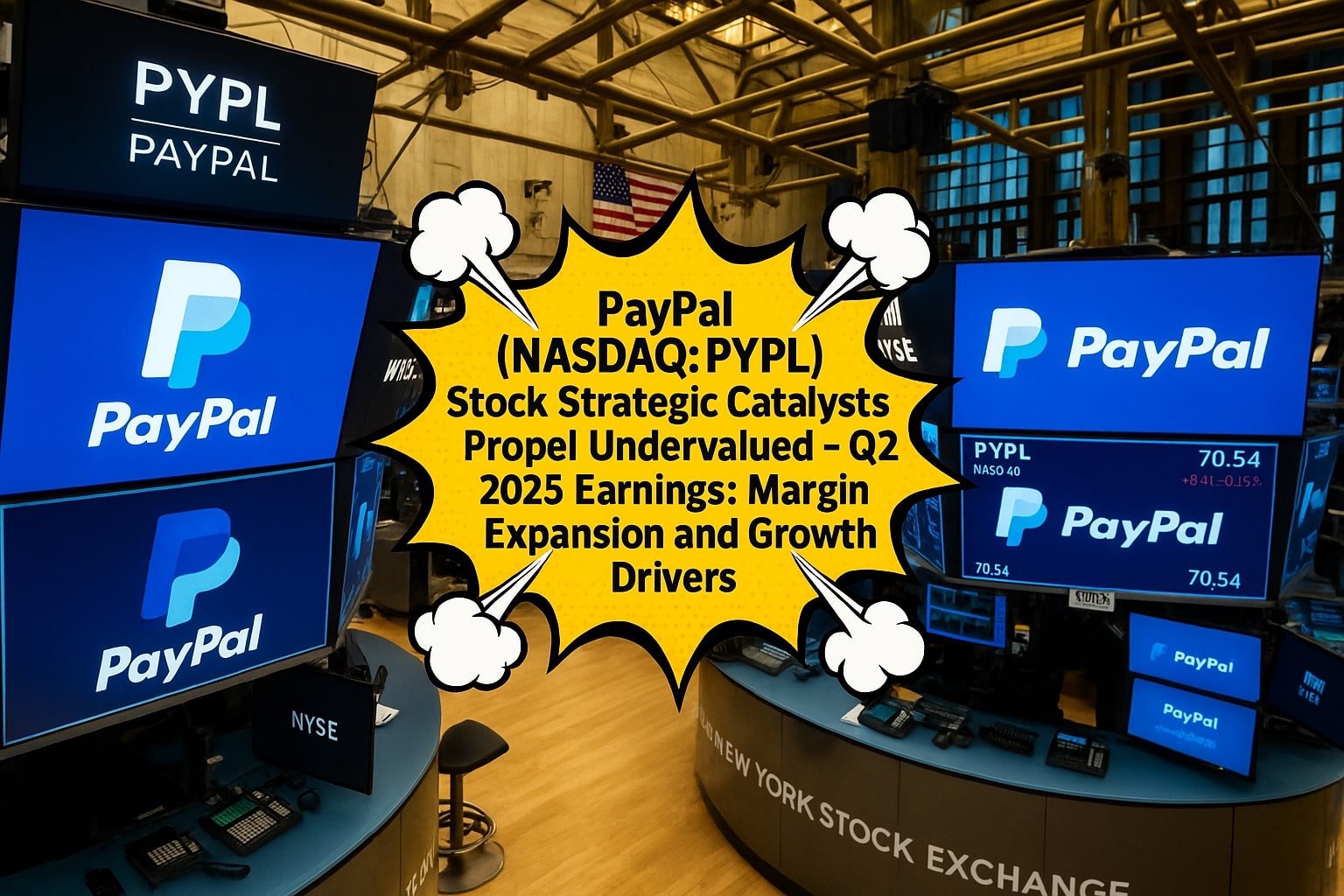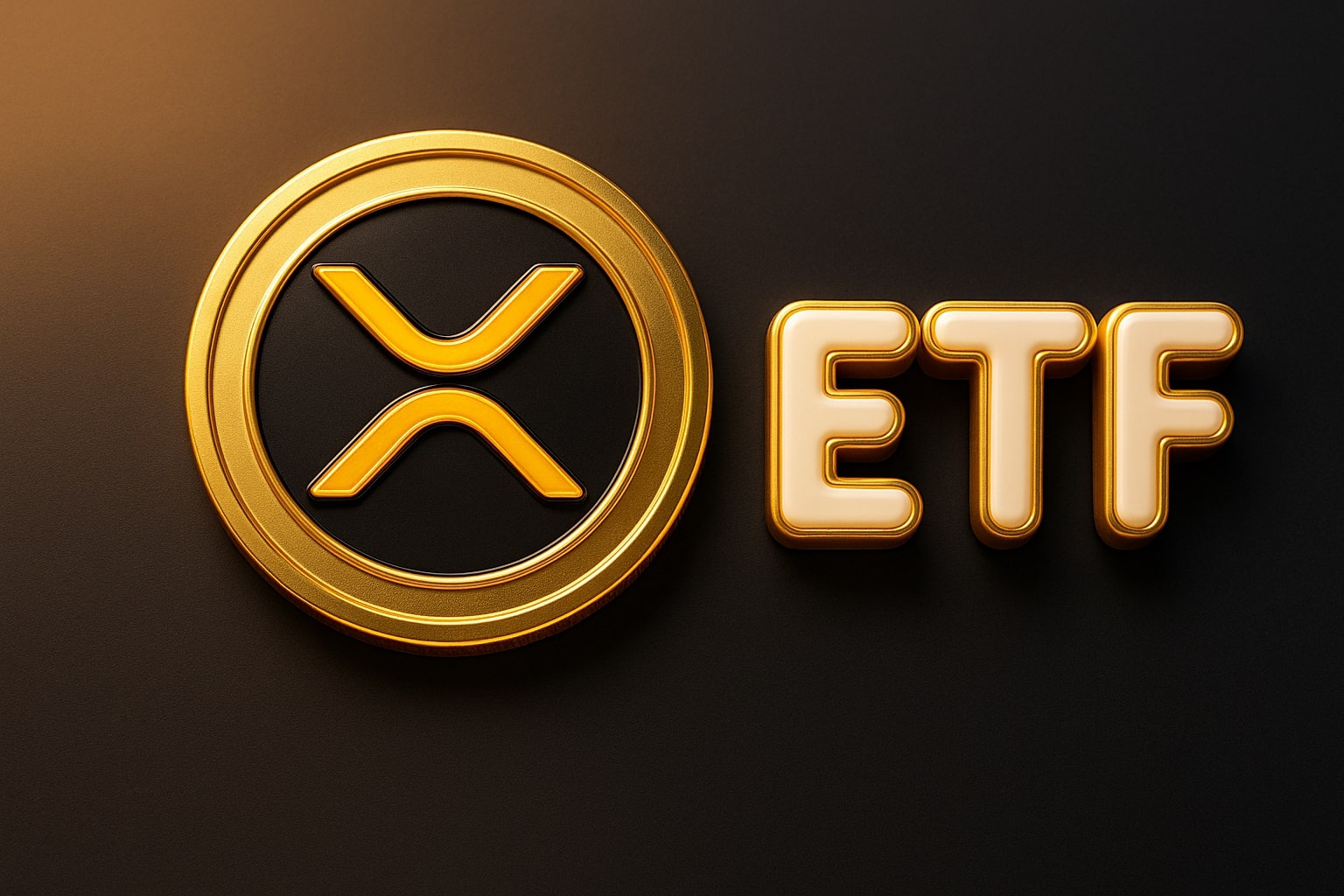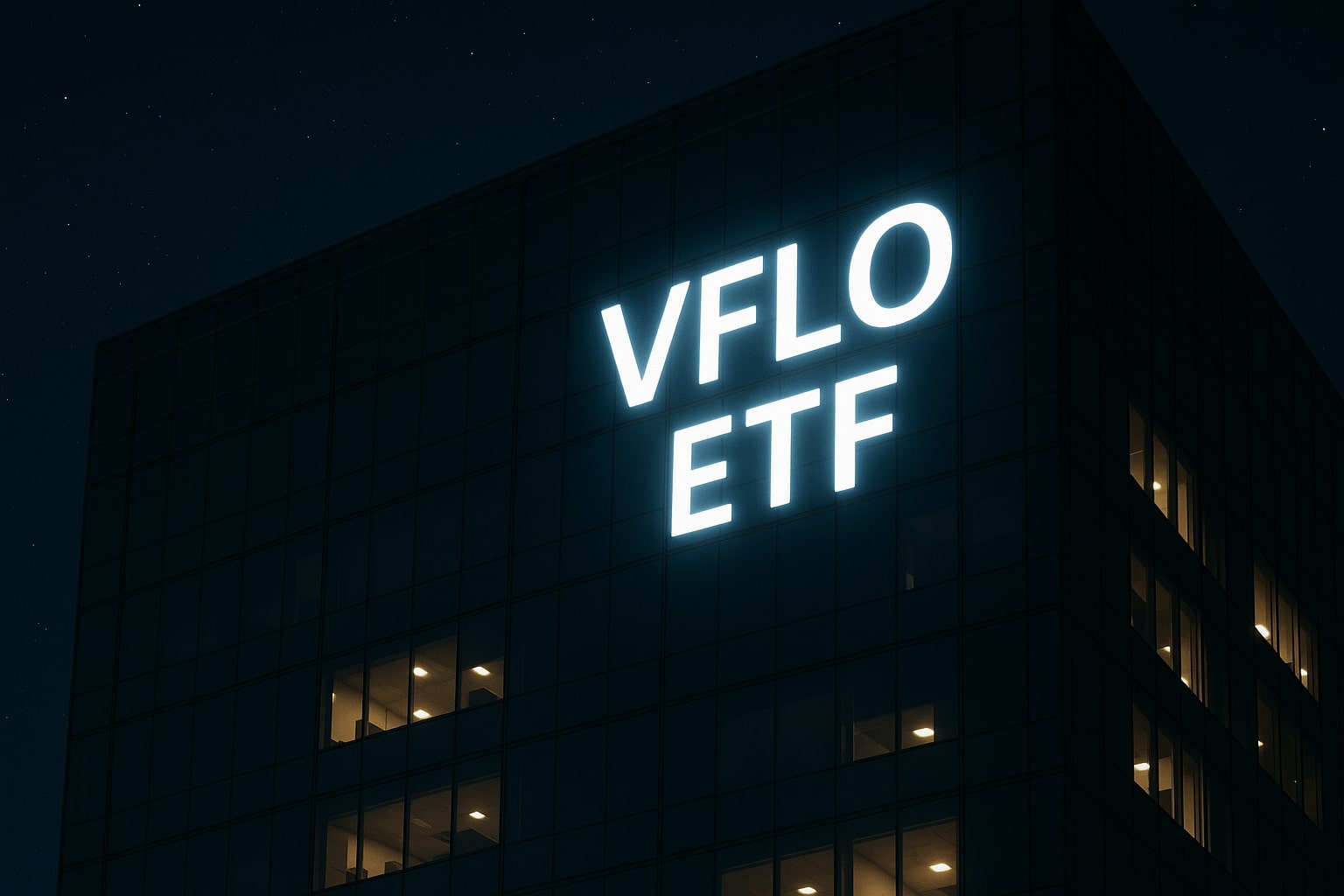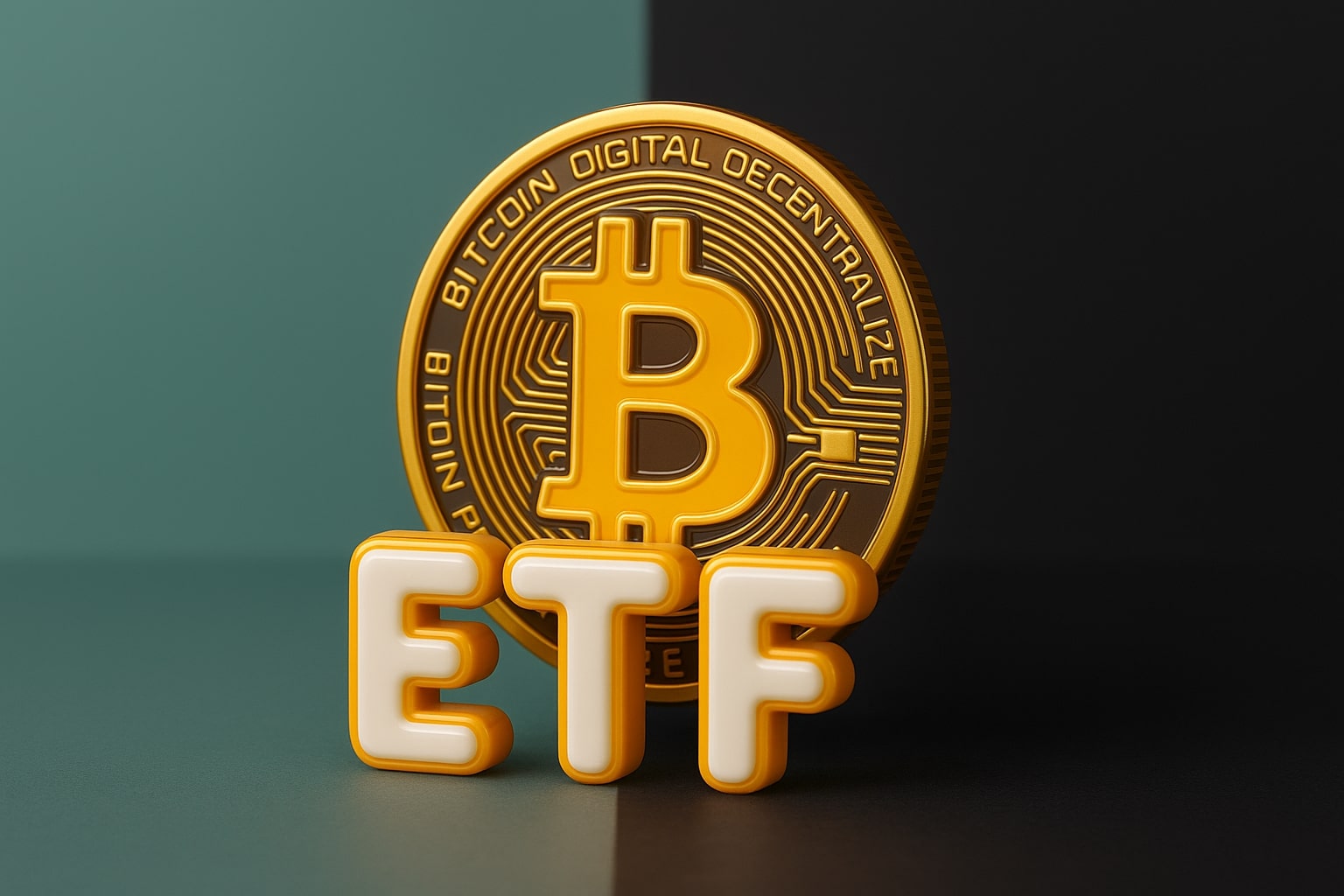Operating Profit And Margin Expansion At NASDAQ:PYPL
PayPal’s latest quarterly report delivered compelling evidence of its ability to leverage scale into sustainable profitability. Revenue climbed to $8.29 billion in Q2 2025, outpacing the $8.08 billion analysts anticipated, while non-GAAP earnings per share surged to $1.40 versus the $1.33 projection. Transaction margin expanded by 60 basis points year-over-year to 46.4 percent, reflecting disciplined cost management and favorable mix as Venmo and Checkout On-Platform volumes accelerated. Operating income rose 13 percent to $1.64 billion and operating margin improved by 130 basis points to 19.8 percent, underscoring PayPal’s continued progress in scaling its core payments engine and extracting higher returns per dollar of payment volume processed.
User Account Growth And Transaction Volume Dynamics For NASDAQ:PYPL
User engagement remained steady, with total active accounts reaching 438 million, up 2 percent annually, despite heightened anti-fraud measures and cleanup of dormant profiles. Total payment transactions amounted to 6.23 billion, a slight 5 percent decline as high-frequency “ghost” accounts were retired, but average payment volume per account climbed to $1,013, up 8 percent from a year ago. Total payment volume expanded 6.4 percent to $443.5 billion, driven by robust demand for instant transfers, peer-to-peer remittances and cross-border payments. The quality of new accounts improved, with credit loss rates dropping to 0.28 percent of volume, enabling PayPal to redeploy capital into growth initiatives rather than loss provisioning.
Strategic Growth Catalysts Including BNPL And PayPal World At NASDAQ:PYPL
Buy Now Pay Later delivered double-digit growth, with transaction volume rising 20 percent and monthly active users up 18 percent, as average BNPL order values remained 80 percent above standard pay-now purchases. The integration of BNPL into the PayPal ecosystem drove higher checkout conversion and deeper customer engagement. Looking ahead, the PayPal World initiative will connect the largest digital wallets globally—PayPal, Venmo, Mercado Pago, Tenpay Global and UPI—into a single acceptance network, unlocking access to over 2 billion wallet users by late 2025. This seamless cross-wallet platform promises to lift total addressable market by 400 percent and drive incremental revenue through branded checkout fees and FX spreads on international transactions.
Valuation Disparity And Intrinsic Value Calculations For NASDAQ:PYPL
Despite this momentum, NASDAQ:PYPL trades at just 11.6 times consensus 2026 EPS of $6.20 and 13.2 times free cash flow, a sharp discount to fintech peers such as SoFi at 38.6 times and Affirm at 78.1 times forward earnings. A discounted cash flow analysis using a 10 percent discount rate and full-year 2025 free cash flow midpoint of $6.5 billion yields an intrinsic value of $95 per share under a 3 percent perpetual growth assumption. Even a zero-growth scenario implies fair value near $66, well above the current trading level around $72. The undervaluation reflects excessive investor caution around account growth and competitive threats, rather than PayPal’s improving fundamentals and strategic optionality.
Capital Returns And Share Buybacks Impact On NASDAQ:PYPL
Share repurchases remain a core pillar of PayPal’s capital allocation. The company repurchased $1.5 billion of stock in Q2 2025 and $6 billion over the past twelve months, reducing diluted share count by 6.7 percent year-over-year to 977 million. Continued buybacks at a rate of $6 billion annually will further boost EPS by approximately 2 percent per quarter, enhancing shareholder returns and underwriting multiple expansion as earnings grow. The combination of margin expansion and shrinking share count sets the stage for double-digit EPS growth even if revenue growth moderates.
Insider Transactions And Institutional Sentiment For NASDAQ:PYPL
Insider filings on PayPal’s profile show modest insider purchases by select board members and executives over the past quarter, signaling confidence in the company’s near-term outlook. Institutional ownership remains high at 85 percent, with large funds increasing positions amid the post-earnings dip. Recent filings at the insider transactions page confirm that management participation aligns with the bullish thesis, as insiders capitalize on the valuation disconnect.

















